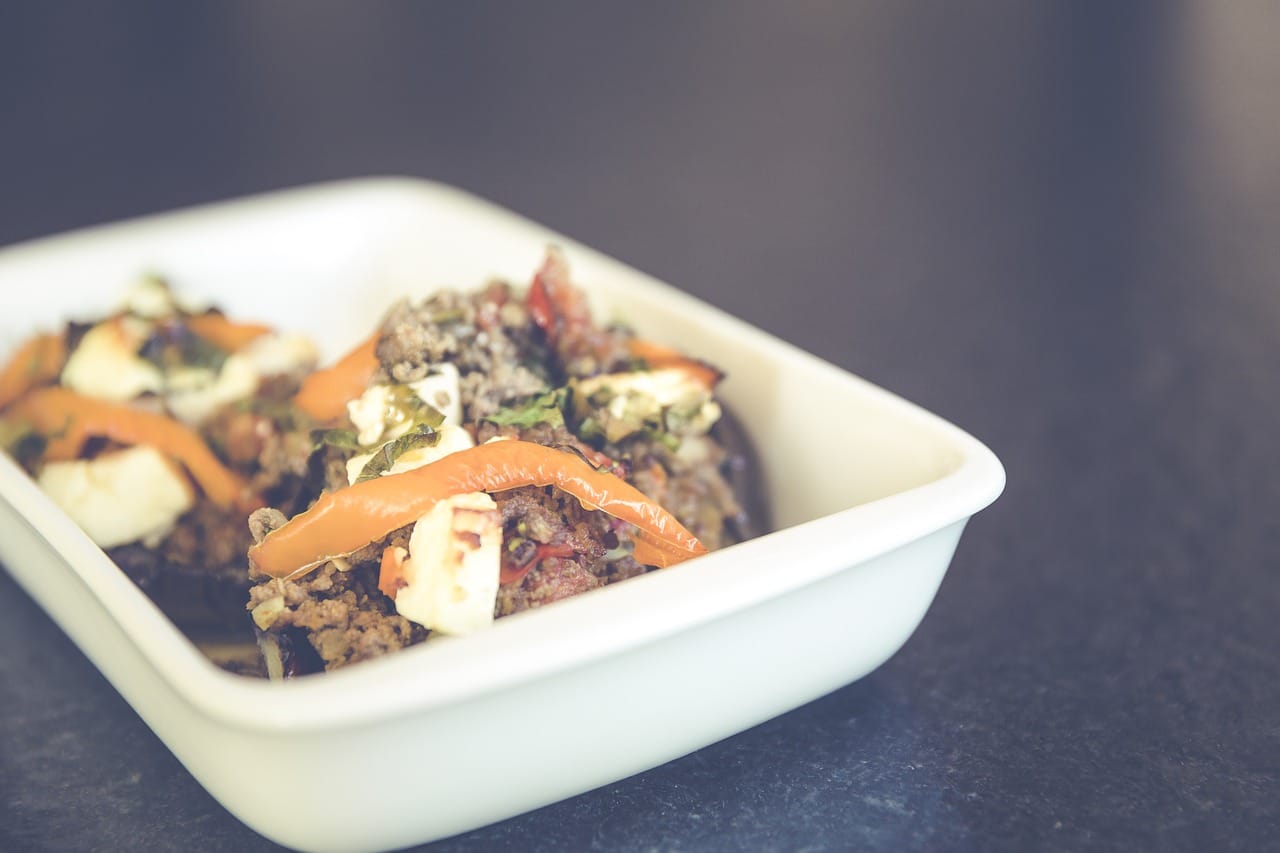If you tend to cook too much food daily, or if you want to chill your freshly-baked dessert, the first instinct will be to place the food in the freezer. Aside from being essential cookware, casserole dishes could also serve as storage and serving vessels.
Technically, you can put your casserole dishes inside your freezer—but with certain conditions to follow. Any newly-cooked or hot casserole dish should not be placed inside the fridge or freezer unless you want to break it. Not only can it split your dishes into pieces, but the temperature of the casserole can also destroy the cooling function of your freezer or refrigerator.
Can You Put Casserole Dish in Freezer?
The quick answer here is yes—the casserole dish can be placed in the freezer. Just make sure that your food of choice is cooled at room temperature before storing it inside the fridge. Frozen foods last longer than chilled ones and would lessen the time allotted in food preparation. In freezing a casserole, you can use two ways.
First is by double-wrapping the casserole dish in cling wrap or storage bag before placing it directly inside the freezer. Freeze your food until it is solid. It can be reheated by removing the plastic wrap and thawing the frozen food before placing it inside the oven or the microwave.
You can save time cleaning your casserole dish in this second method. Line the insides of your casserole dish with thick layers of cling wrap before placing your food. In this way, the frozen food will stick inside the plastic seal, making it easier to remove.
In case you are freezing more food items, you may remove the already solidified food on the casserole to make room for the new batch. Don’t forget to put food labels and date to ensure its quality.
Frozen food should be consumed for no more than two months. The longer the food stays inside the freezer, the more it reduces its flavor and texture.
Is It Ok to Put a Pyrex Dish in The Freezer?
In every American kitchen, there’s Pyrex. Measuring cups, bowls, plates, and the durable casserole dishes do cooking and serving a lot easier. Pyrex is made with tempered glass (either borosilicate or soda-lime) of all shapes, colors, and sizes.
Although this brand’s manufacturers do not bluntly indicate that their casserole dish is “freezer safe,” you can still put your dish without worrying about breaking it—if you follow specific instructions.
Foods to be placed inside a freezer must be at room temperature. Newly-cooked items must be cooled until necessary. The sudden shift of temperature, or thermal shock, is one of the greatest glass dishes’ weaknesses.
Transferring your hot dish inside a cold temperature will change the structural integrity of your glass dish. It has mild to severe damage: from having a hairline crack up to a sudden splitting and bursting.
After freezing your food until it is solid, you may transfer the contents on a baking rack (if it is solid like cakes and dessert), or you can wait for it to melt before placing it inside a preheated oven (if it is liquid).

